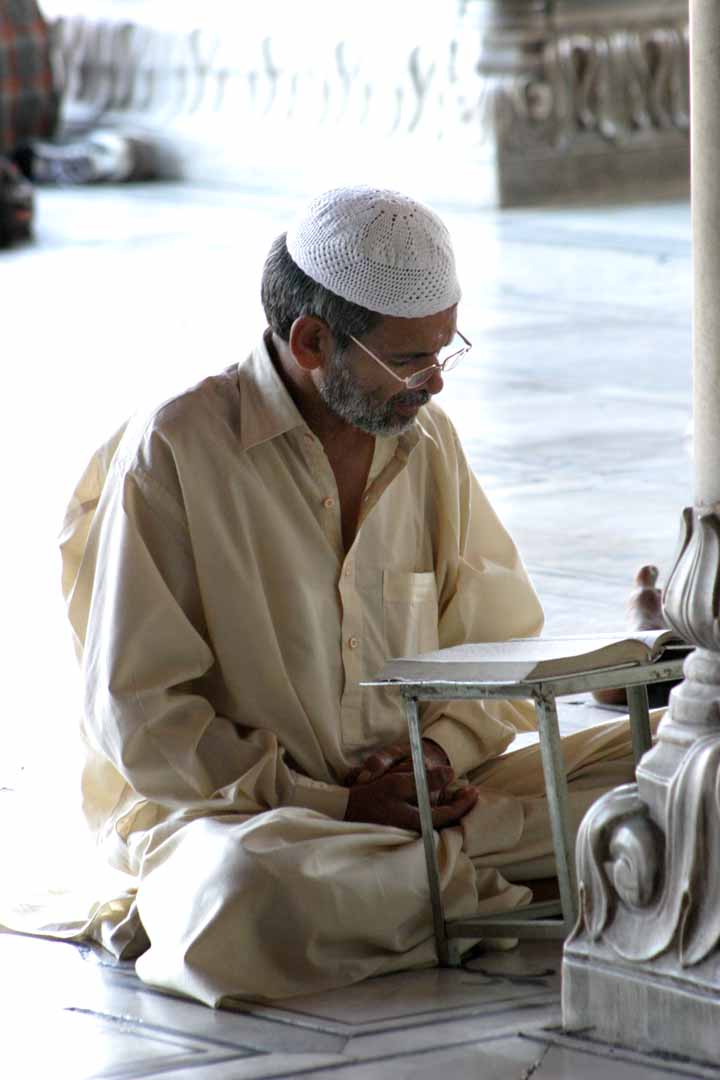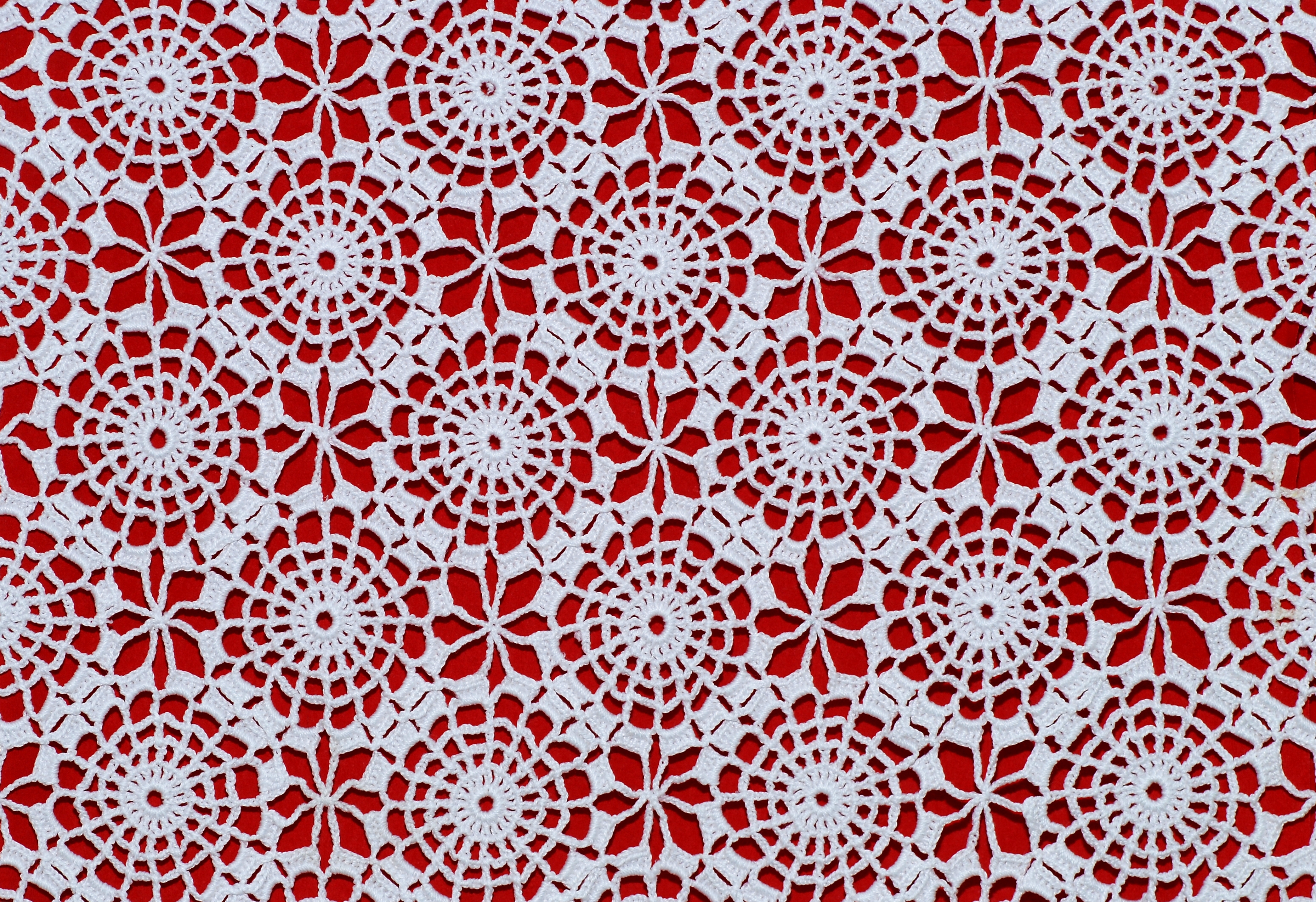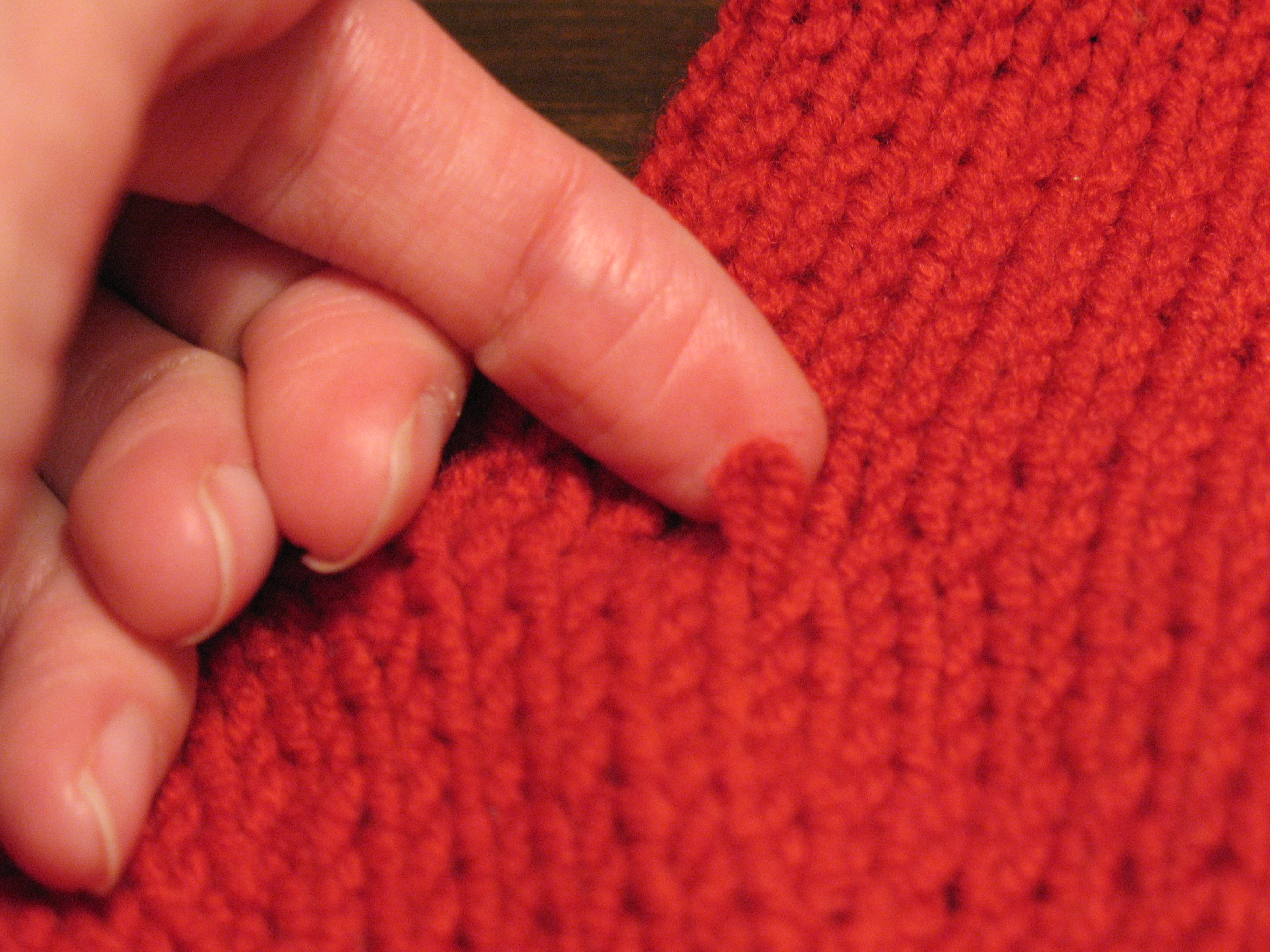|
Kufi
A kufi or kufi cap is a brimless, short, and rounded cap worn by men in many populations in North Africa, East Africa, West Africa, South Asia, and the Middle East. It is also worn by men throughout the African diaspora. The cap has strong associations with many Islamic cultures and pan-African pride. In the United States and the United Kingdom, it is also called a " taqiyah". The kufi cap is not specific to any one country, although it has been perhaps most associated with Nigeria. In Togo, the kufi is made from colourful fabrics, and often worn during important events such as weddings, festivals, and other ceremonies. In Mama Tchamba performances, the kufi is worn as an adornment during dances. Within Islamic communities in West Africa the kufi is worn during prayer. Islamic, African and African American usage The hat has strong associations with many Islamic cultures, as well as Pan-African pride. In West Africa, a kufi cap is the traditional hat for men, and is part of the ... [...More Info...] [...Related Items...] OR: [Wikipedia] [Google] [Baidu] |
Taqiyah (cap)
The Taqiyah (, ALA-LC: ''ṭāqīyah''Turkish language, Turkish: "takke", Urdu, Hindi "topi", , ALA-LC: "ṭopī", , ''ṭupi'', Somali language, Somali: "Koofi")), also known as tagiyah or araqchin (; ), is a short, rounded Wiktionary:skullcap, skullcap worn by Muslim men. In the United States and the United Kingdom, it is also referred to as a "kufi", although the Kufi typically has more of an African connotation while the taqiyah has a more universal connotation. Aside from being an adornment, the taqiyah has deeply ingrained significance in Islamic culture, reflecting the wearer's faith, devotion, and sometimes regional identity. While the taqiyah is deeply rooted in Muslim traditions, its use varies based on cultural context rather than strict religious guidelines. In Arab states of the Persian Gulf, with the exception of Oman, the taqiyah is commonly worn under a ghutra. In Turkmenistan, taqiyahs are called tahýa in the Turkmen language and are a Turkmen national headd ... [...More Info...] [...Related Items...] OR: [Wikipedia] [Google] [Baidu] |
Senegalese Kaftan
A Senegalese kaftan is a pullover men's robe with long bell sleeves. In the Wolof language, this robe is called a ''mbubb'' or ''xaftaan'' and in French it is called a ''boubou''. The Senegalese caftan is an ankle length garment. It is worn with matching drawstring pants called ''tubay'' in Wolof. Normally made of cotton brocade, lace, or synthetic fabrics, these robes are common throughout West Africa. A kaftan and matching pants is called a kaftan suit. The kaftan suit can be worn with a kufi cap. Senegalese kaftans are formal wear in all West African countries. In the United States, some merchants sell this robe as a ''Senegalese style dashiki pant set'' or a ''full length dashiki pant set''. Men who are members of the Hausa tribe, wear these kaftans to formal events like naming ceremonies and weddings. In the United States, a kaftan is one of three formal suits, equivalent to the tuxedo, that African-American grooms select for their weddings. The other styles being the d ... [...More Info...] [...Related Items...] OR: [Wikipedia] [Google] [Baidu] |
Islamic Culture
Islamic cultures or Muslim cultures refers to the historic cultural practices that developed among the various peoples living in the Muslim world. These practices, while not always religious in nature, are generally influenced by aspects of Islam, particularly due to the religion serving as an effective conduit for the inter-mingling of people from different ethnic/national backgrounds in a way that Melting pot, enabled their cultures to come together on the basis of a common Muslims, Muslim identity. The earliest forms of Muslim culture, from the Rashidun Caliphate to the Umayyad Caliphate and early Abbasid Caliphate, was predominantly based on the existing cultural practices of the Arab culture, Arabs, the Byzantine Empire#Culture, Byzantines, and the Culture of Iran, Persians. However, as the Caliphate, Islamic empires expanded rapidly, Muslim culture was further influenced and assimilated much from the Iranian peoples, Iranic, Pakistanis, Pakistani, Bangladeshis, Bangladeshi, I ... [...More Info...] [...Related Items...] OR: [Wikipedia] [Google] [Baidu] |
Umaru Yar'Adua VOA
Umaru is a given name. Notable people with the name include: *Umaru bin Ali (c. 1824 – 1891), Sultan of Sokoto *Umaru Tanko Al-Makura (born 1952), Nigerian businessman elected Governor of Nasarawa State, Nigeria * Umaru Argungu (born 1959), Senator for Kebbi North constituency of Kebbi State, Nigeria *Umaru Bago Tafida, 12th Emir, or traditional ruler of Lapai in Niger State, Nigeria * Umaru Bangura (born 1987), Sierra Leonean international footballer * Umaru Dahiru (born 1952), elected Senator for the Sokoto South constituency of Sokoto State, Nigeria * Umaru Dikko (born 1936), Nigerian politician and was a trusted adviser to President Shehu Shagari *Umaru Mohammed, appointed Governor of North-Western State in Nigeria in July 1975 *Umaru Musa Yar'Adua (1951–2010), the President of Nigeria and the 13th Head of State *Umaru Mutallab (born 1939), Nigerian business and banking leader, former minister of Economic Development * Sylvester Umaru Onu (born 1938), Nigerian judge *Umaru P ... [...More Info...] [...Related Items...] OR: [Wikipedia] [Google] [Baidu] |
Muslim
Muslims () are people who adhere to Islam, a Monotheism, monotheistic religion belonging to the Abrahamic religions, Abrahamic tradition. They consider the Quran, the foundational religious text of Islam, to be the verbatim word of the God in Abrahamic religions, God of Abraham (or ''Allah'') as it was revealed to Muhammad, the last Islamic prophet. Alongside the Quran, Muslims also believe in previous Islamic holy books, revelations, such as the Tawrat (Torah), the Zabur (Psalms), and the Injeel (Gospel). These earlier revelations are associated with Judaism and Christianity, which are regarded by Muslims as earlier versions of Islam. The majority of Muslims also follow the teachings and practices attributed to Muhammad (''sunnah'') as recorded in traditional accounts (hadith). With an estimated population of almost 2 billion followers, Muslims comprise around 26% of the world's total population. In descending order, the percentage of people who identify as Muslims on each ... [...More Info...] [...Related Items...] OR: [Wikipedia] [Google] [Baidu] |
Dashiki
The dashiki (, ) is a colorful garment that covers the top half of the body, worn mostly in West Africa. It has formal and informal versions and varies from simple draped clothing to fully tailored suits. A common form is a loose-fitting pullover garment, with an ornate V-shaped collar, and tailored and embroidered neck and sleeve lines. It is frequently worn with a brimless kufi cap (which is worn in Islamic communities in Africa and the African diaspora) and pants. It has been popularized and claimed by communities in the African diaspora, especially African Americans. The now trademark dashiki design was born from a wax print pattern by Dutch designer Toon van de Mannaker for Netherlands-based Vlisco. Van de Mannaker's print pattern was inspired by the silk embroidered tunics worn by Christian Ethiopian noblewomen in the 19th century. The pattern became known as the Angelina pattern in the West African market after the release of Ghanaian highlife hit song "Angelina" by The ... [...More Info...] [...Related Items...] OR: [Wikipedia] [Google] [Baidu] |
Crocheted
Crochet (; ) is a process of creating textiles by using a crochet hook to interlock loops of yarn, thread, or strands of other materials. The name is derived from the French term ''crochet'', which means 'hook'. Hooks can be made from different materials (aluminum, steel, metal, wood, bamboo, bone, etc.), sizes, and types (in-line, tapered, ergonomic, etc.). The key difference between crochet and knitting, beyond the implements used for their production, is that each stitch in crochet is completed before the next one, while knitting keeps many stitches open at a time. Some variant forms of crochet, such as Tunisian crochet and Broomstick lace, do keep multiple crochet stitches open at a time. Etymology The word crochet is derived from the French word , a diminutive of ''croche'', in turn from the Germanic ''croc'', both meaning "hook". It was used in 17th-century French lace-making, where the term ''Crochetage'' designated a stitch used to join separate pieces of lace. The w ... [...More Info...] [...Related Items...] OR: [Wikipedia] [Google] [Baidu] |
Knitted
Knitting is a method for production of textile fabrics by interlacing yarn loops with loops of the same or other yarns. It is used to create many types of garments. Knitting may be done by hand or by machine. Knitting creates stitches: loops of yarn in a row; they can be either on straight flat needles or in ''the round'' on needles with (often times plastic) tubes connected to both ends of the needles. There are usually many ''active stitches'' on the knitting needle at one time. Knitted fabric consists of a number of consecutive rows of connected loops that intermesh with the next and previous rows. As each row is formed, each newly created loop is pulled through one or more loops from the prior row and placed on the ''gaining needle so'' that the loops from the prior row can be pulled off the other needle without unraveling. Differences in yarn (varying in fibre type, ''weight'', uniformity and ''twist''), needle size, and stitch type allow for a variety of knitt ... [...More Info...] [...Related Items...] OR: [Wikipedia] [Google] [Baidu] |
Kente Cloth
Kente refers to a Ghanaian textile made of hand-woven strips of silk and cotton. Historically the fabric was worn in a toga-like fashion among the Asante, Akan and Ewe people. According to Asante oral tradition, it originated from Bonwire in the Ashanti Region of Ghana. In modern day Ghana, the wearing of kente cloth has become widespread to commemorate special occasions, and kente brands led by master weavers are in high demand. Due to the popularity of kente cloth patterns, production of mass-produced prints with the kente patterns have become popular throughout West Africa, and by extension the whole of Africa. Globally, the print is used in the design of academic stoles in graduation ceremonies worn mostly by black people in the United States and Canada. Etymology Kente comes from the word ''kɛntɛn'', which means "basket" in the Asante dialect of the Akan language, referencing its basket-like pattern. In Ghana, the Akan ethnic group also refers to kente as ''nwentom ... [...More Info...] [...Related Items...] OR: [Wikipedia] [Google] [Baidu] |
Traditional African Religion
The beliefs and practices of African people are highly diverse, and include various ethnic religions.Encyclopedia of African Religion (Sage, 2009) Molefi Kete Asante Generally, these traditions are oral rather than scriptural and are passed down from one generation to another through narratives, songs, and festivals. They include beliefs in spirits and higher and lower gods, sometimes including a supreme being, as well as the veneration of the dead, use of magic, and traditional African medicine. Most religions can be described as animistic with various polytheistic and pantheistic aspects. The role of humanity is generally seen as one of harmonizing nature with the supernatural. Spread Adherents of traditional religions in Africa are distributed among 43 countries and are estimated to number over 100 million.''Britannica Book of the Year'' (2003), ''Encyclopædia Britannica'' (2003) p.306 According to the ''Encyclopædia Britannica'', as of mid-2002, there were 480, ... [...More Info...] [...Related Items...] OR: [Wikipedia] [Google] [Baidu] |
Islam
Islam is an Abrahamic religions, Abrahamic monotheistic religion based on the Quran, and the teachings of Muhammad. Adherents of Islam are called Muslims, who are estimated to number Islam by country, 2 billion worldwide and are the world's Major religious groups, second-largest religious population after Christians. Muslims believe that Islam is the complete and universal version of a Fitra, primordial faith that was revealed many times through earlier Prophets and messengers in Islam, prophets and messengers, including Adam in Islam, Adam, Noah in Islam, Noah, Abraham in Islam, Abraham, Moses in Islam, Moses, and Jesus in Islam, Jesus. Muslims consider the Quran to be the verbatim word of God in Islam, God and the unaltered, final revelation. Alongside the Quran, Muslims also believe in previous Islamic holy books, revelations, such as the Torah in Islam, Tawrat (the Torah), the Zabur (Psalms), and the Gospel in Islam, Injil (Gospel). They believe that Muhammad in Islam ... [...More Info...] [...Related Items...] OR: [Wikipedia] [Google] [Baidu] |






